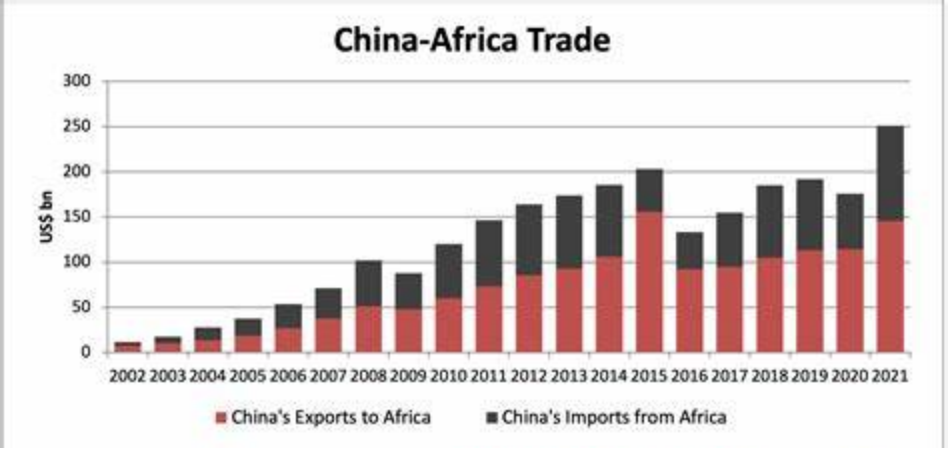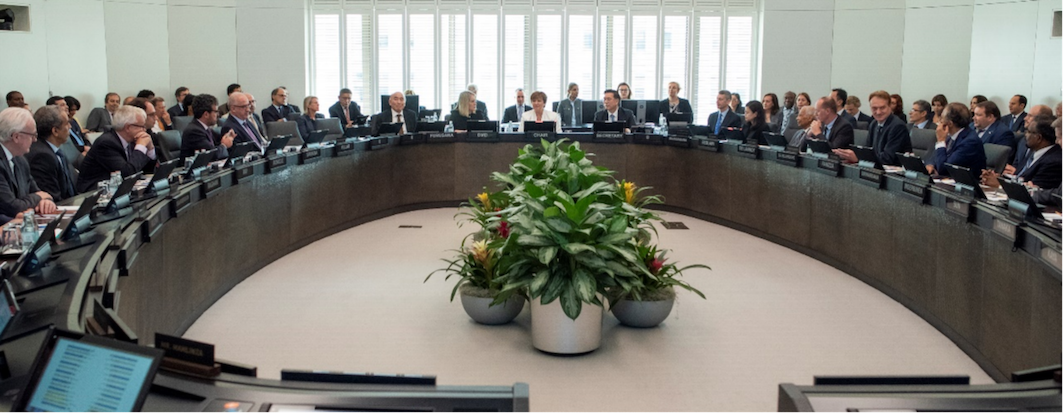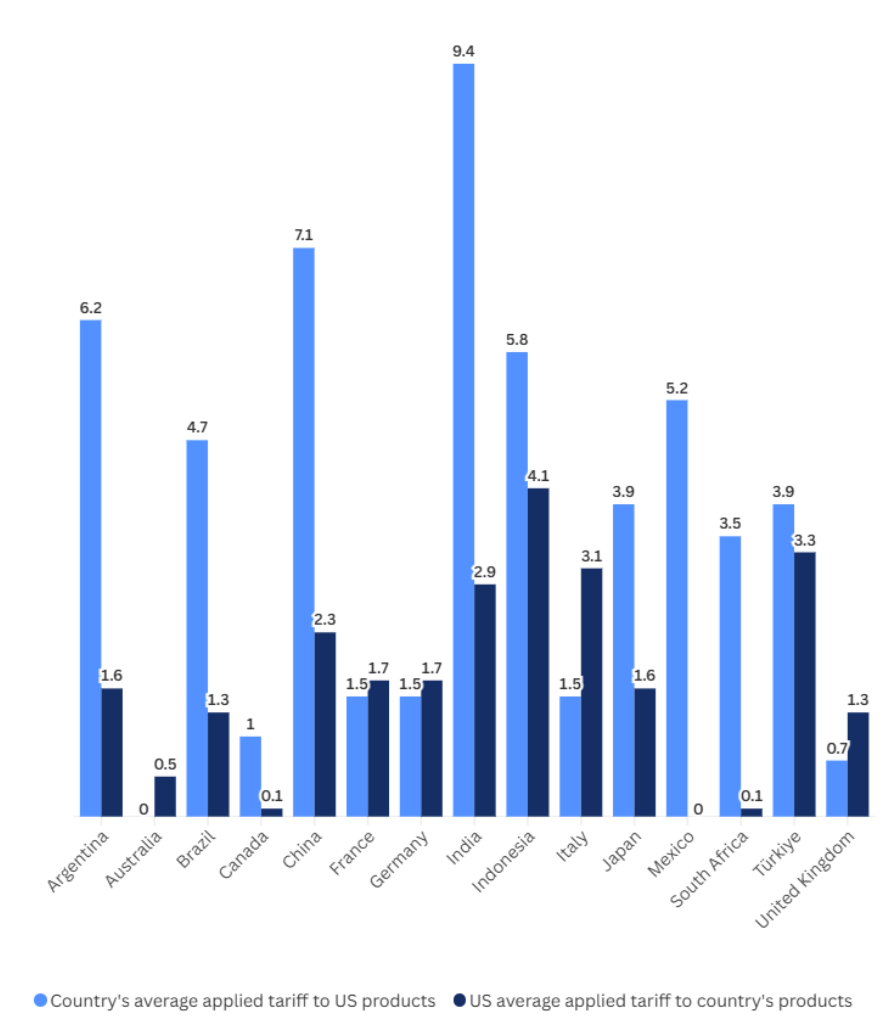Global Employment To Leap 14% By 2030
 World Economic Forum Report
World Economic Forum Report
The World Economic Forum (WEF) estimates the creation of approximately 170 million new jobs – about 14% of current employment – by 2030.
This contrast with the displacement of estimated 92 million existing positions (8% of total employment). This, according to WEF would results in a remarkable structural labour market churn, culminating in 22% of the 1.2 billion formal jobs.
The reshaped global labour market and projected significant changes would focus on five macro-trends, technological change, the green transition, economic uncertainty, geoeconomics fragmentation, and demographic shifts. By synthesizing employer expectations regarding job growth and decline, the report estimates a net increase of approximately 78 million jobs (approximately 7% of today’s total) by 2030, despite the concurrent displacement.
Conversely, the anticipated displacement of 92 million jobs represents a critical challenge that workers, businesses, and governments will need to address. The sectors most susceptible to job losses are those reliant on routine tasks and manual labour. Automation and digitization are paramount factors in this displacement, with traditional industries like manufacturing, retail, and low-skill administrative functions facing the most significant threat.
While the net gain in jobs is encouraging, the reality of job replacement often brings about economic instability. Those who lose their jobs may encounter hurdles such as Skills Mismatch and or Regional Disparities. Many displaced workers may find it challenging to transition to new roles due to skills mismatch. The rapid pace of technological change demands proficiency in new tools and methodologies that may be unfamiliar to a significant portion of the workforce. With regional disparities, the job creation forecast is likely to be uneven across different geographical regions. Urban areas with access to technology and education may thrive, while rural regions could experience a lag in job availability.
20-01-2025











